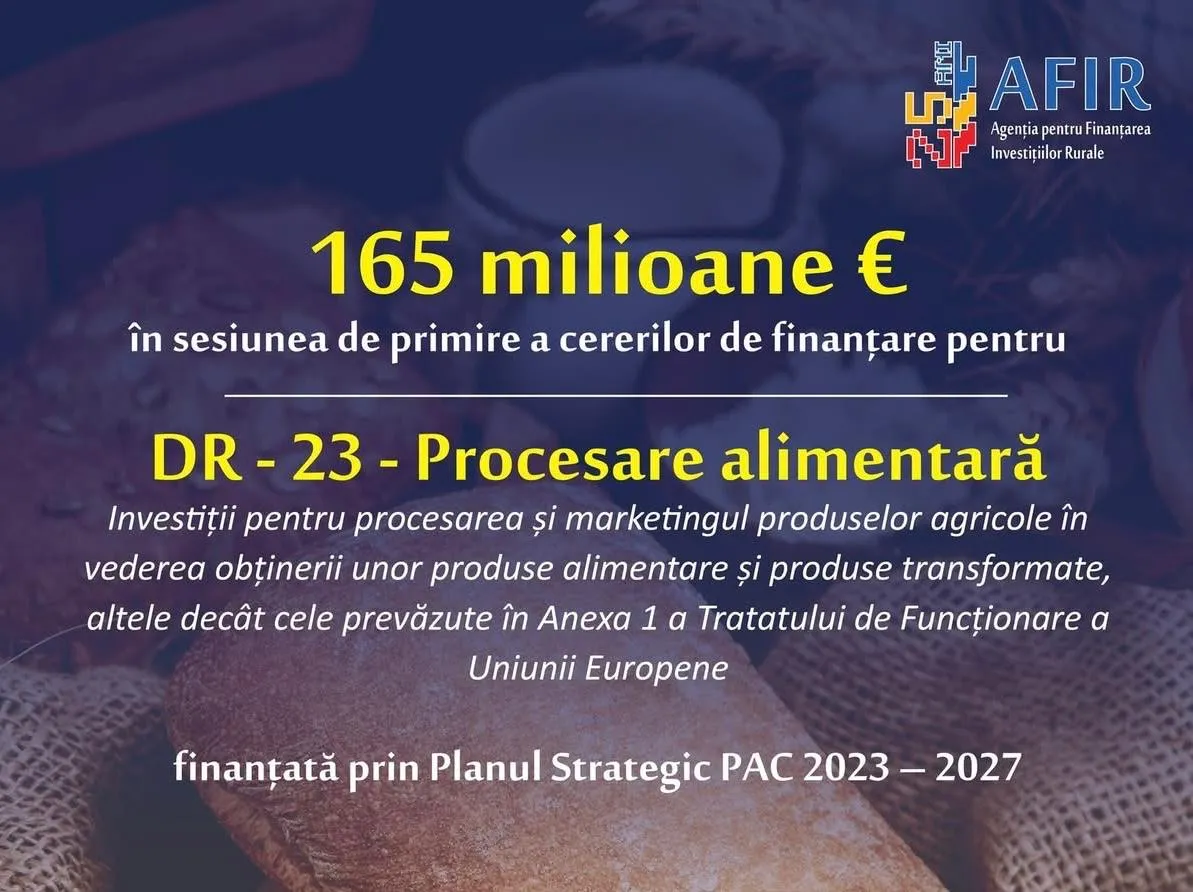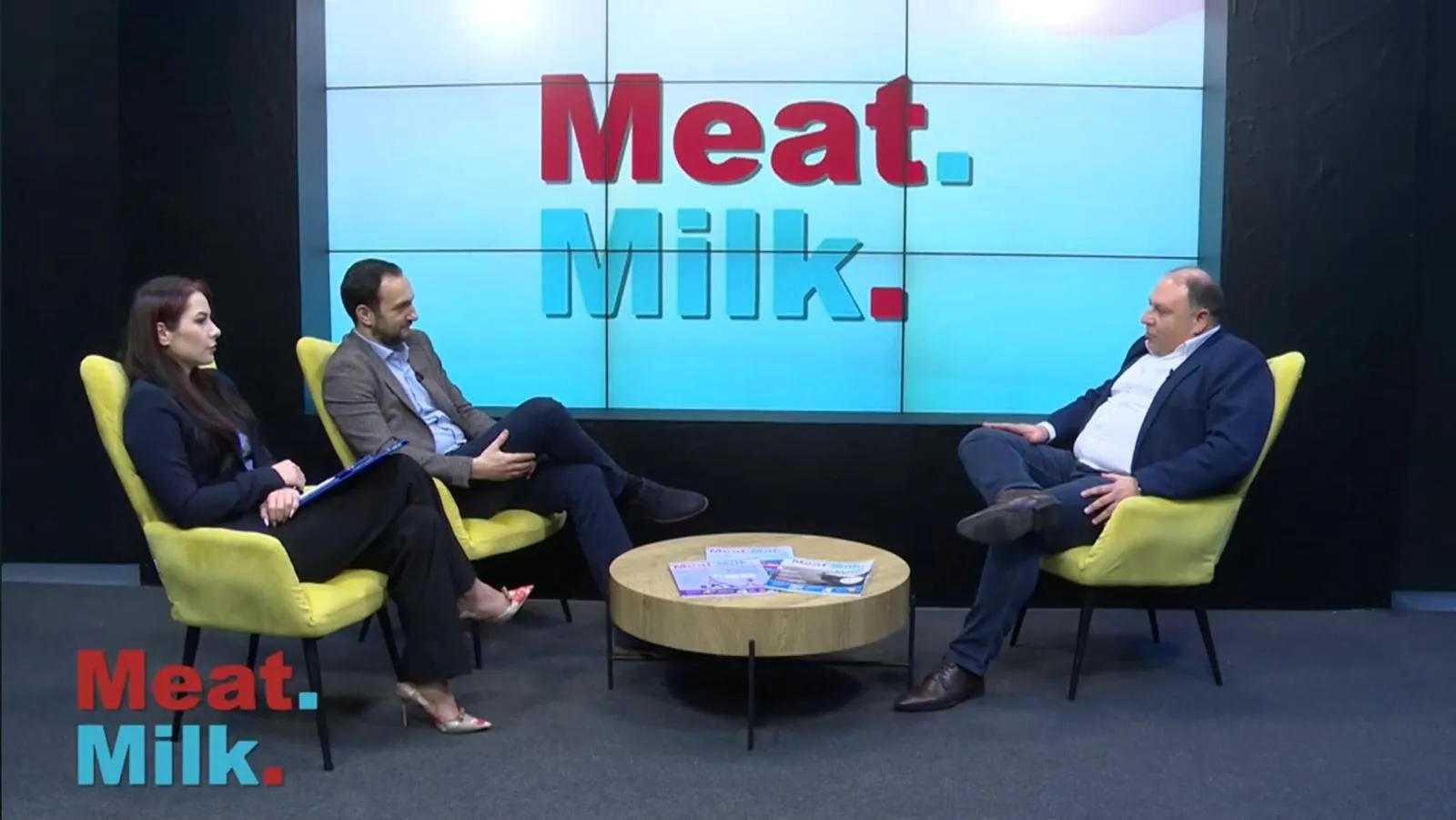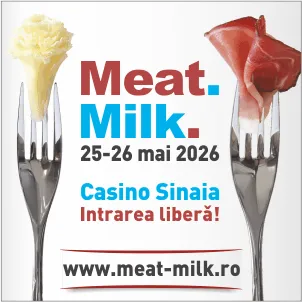1723

FAO signals in the June 2025 edition of the Food Outlook report that the dairy industry is undergoing a period of profound transformation. High costs, strict regulations, and shifting consumer habits are forcing producers to adapt their strategies in order to remain competitive.
International Trends and Factors
Global demand is increasingly shifting toward value-added products: aged cheeses, low-lactose items, and protein ingredients. Consumers are seeking healthier products tailored to modern nutritional preferences. In the European Union, environmental regulations are driving a reduction in cattle herds and placing additional pressure on farmers. European exports are becoming more focused on processed products and less on raw milk.
Impact on Romania
Small Romanian farmers are the most vulnerable to rising costs and new environmental requirements. Without investment in modernization and technology, the risk of small farms disappearing is high. However, Romanian processors can capitalize on the trend toward specialties and cheeses with local identity, which meet the demand for differentiated products. At the same time, Romania risks deepening its dependence on imports if domestic production does not stabilize. European funds for modernization represent a real opportunity to build a more competitive dairy industry.
Conclusion
Romania’s dairy industry must strategically reposition itself: moving from mere survival in raw milk production to innovation and added value in cheeses, ingredients, and premium products. Rapid adaptation to European and international market requirements could turn today’s pressures into long-term opportunities.
(Photo: Freepik)





